Summer brings sunshine, outdoor adventures, and warm evenings perfect for enjoying time with our pets. But as temperatures climb, so does the risk of heat-related illness in our furry companions.
At High Point Animal Hospital, we want to ensure your pet stays safe, healthy, and happy throughout the season. With a little planning and awareness, you can avoid summer hazards and enjoy the season stress-free.
Why Heat Is More Dangerous for Pets Than People
While humans can sweat to regulate body temperature, pets have very few sweat glands and rely mostly on panting to cool down. Their fur can trap heat and moisture, especially in hot and humid conditions. Pets also depend on us to make safe decisions—like when to rest, where to find water, and when to call it a day.
As their advocate, remember:
- Don’t bring your pet everywhere—some outings are best left for cooler days.
- Never leave your pet in a parked car, even with the windows cracked.
- Avoid tethering pets outside unattended where they can become tangled or lose access to shade and water.
- Regular grooming (especially for double-coated breeds) can reduce overheating risks.
Which Pets Are Most at Risk in the Heat?
Heat affects all pets, but some are more susceptible to heat exhaustion and heatstroke:
High-risk groups include:
- Flat-faced (brachycephalic) breeds like Bulldogs, Pugs, and Persian cats
- Overweight pets, who retain more heat
- Senior animals and those with heart or respiratory conditions
- Dark-coated pets, who absorb more heat from sunlight
- Thick-coated breeds, especially those not properly groomed for summer
Brachycephalic Research – Purina Pro Club
Safely Easing Into the Season
After a less active winter, it’s important not to overdo it too quickly. Pets need time to acclimate to warmer weather and build up stamina.
Tips for safe transitions:
- Start with short walks early in the morning or after sunset
- Watch for soft paw pads that are more vulnerable to hot pavement
- Have your pet’s winter coat groomed out to improve heat regulation
Walking On Sunshine: Protecting Pet Paws
Recognizing the Signs of Heatstroke
Early detection is crucial for preventing a serious emergency.
Watch for:
- Heavy panting or drooling
- Bright red gums or a glazed look
- Disorientation, weakness, or lethargy
- Vomiting or diarrhea
- Collapse or seizures
What to do immediately:
- Move your pet to a cool, shaded space
- Offer cool (not ice-cold) water
- Place damp towels on paws, underarms, and groin
- Use fans or AC
- Get to your veterinarian or contact High Point Animal Hospital right away
Too Hot to Handle: Heatstroke in Pets – AAHA
The Danger Doesn’t End After Cooling Down
Even pets who recover quickly from a heat episode can suffer internal damage that takes hours or days to become visible. Monitor your pet closely after any overheating event.
Post-heatstroke complications include:
- Kidney damage and failure
- Liver dysfunction and clotting issues
- Intestinal injury and bacterial sepsis
- Neurological issues like seizures or behavior changes
- DIC (Disseminated Intravascular Coagulation)
Pets should be monitored by a veterinarian for 24–72 hours post-incident.
Overlooked Summer Hazards for Pets
Sunburn: More Than Just a Surface Problem
Light-colored pets, especially those with short or sparse coats, can suffer painful burns that may lead to skin cancer.
- Use UV-protective clothing for hairless or sensitive pets
- Avoid extended sun exposure for light-nosed or pink-eared pets
Paw Pad Burns
Hot pavement can blister paws in seconds. Test it yourself: if it’s too hot for your hand, it’s too hot for their feet.
- Walk on grass or shaded paths
- Use breathable booties for added protection
Eye Health Under the Sun
UV rays can aggravate conditions like pannus, especially in breeds like German Shepherds.
- Consider Doggles for vulnerable breeds or high-altitude hikes
How to Help Your Pet Beat the Heat
Water Play & Enrichment
- Kiddie pools and sprinklers in shady spots
- Frozen Kongs stuffed with broth, fruit, or soaked kibble
- Homemade ice cube treats
Water Safety for Pets – AAHA
Keeping Cool: Summer Boredom Busters for Pets
Cooling Products Worth Trying
- Cooling mats or vests
- Shaded outdoor beds
- Pool of ice or damp towels to lie on
- Misting fans for shaded decks
Smart Outdoor Strategies
Outdoor fun should never come at the cost of your pet’s well-being.
Best practices include:
- Walks only in the early morning or evening
- Bring plenty of water for both of you
- Take frequent shade breaks
- Avoid intense exercise or prolonged play on hot days
Keep Indoor Pets Cool and Engaged
Even indoor pets need help staying cool when the AC is off or the house heats up.
Cool-down tips:
- Fans, AC, and natural airflow
- Cool tile or hardwood surfaces for lounging
- Create cozy nooks out of the sun
- Engage them with puzzle feeders, hide-and-seek treats, or scent games
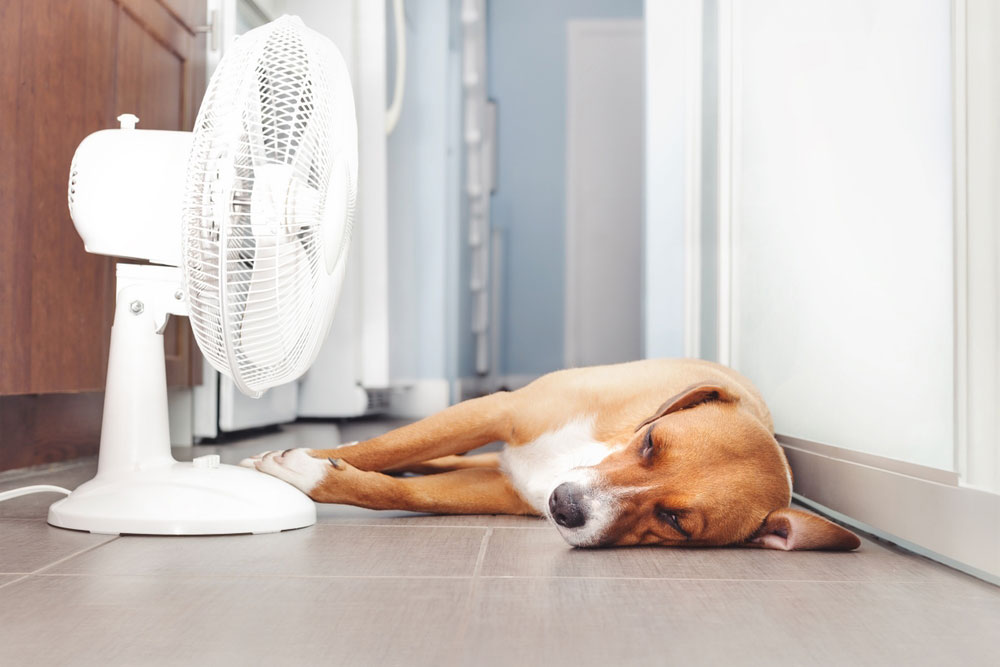
Special Precautions for Outdoor Cats
Cats who spend time outside need more support in hot weather.
- Provide ample shade and fresh water in multiple spots
- Keep them indoors during peak heat hours
- Monitor for lethargy, rapid breathing, or dehydration signs
Cool Cats: Summer Tips for Outdoor Cats – AAHA
Other Summertime Dangers to Watch For
Food & BBQ Hazards
- No grapes, onions, fatty meat, or cooked bones
- Secure trash and avoid table scraps
Noise Sensitivity
- Fireworks can cause panic and flight
- Keep pets indoors with white noise or calming aids
Insects & Parasites
- Fleas, ticks, mosquitoes, and bees peak in summer
- Never let pets chase or bite flying insects
Snake Bites
- Learn about local venomous species
- Keep pets leashed on hikes and stay on trails
Snake Safety by Region – CroFab
The Dangers of Foxtails
Foxtails may look harmless, but these grass awns can pose serious risks to pets and livestock like painful infections, abscesses, or more severe complications if left untreated.
Common symptoms include:
- Persistent sneezing
- Head shaking
- Limping
- Swelling around entry points
Prompt removal and veterinary attention are crucial, as foxtails do not break down in the body and can quickly migrate, causing further damage.
6 Summertime Dangers for Pets – AAHA
Keep Summer Safe for Your Pets
- Never leave pets in a parked car on a warm or hot day
- Check both temperature and humidity before going out
- Acclimate pets gradually to rising temperatures
- Always err on the side of caution
At High Point Animal Hospital, we’re here to support your pet’s health through every season.
If you’d like to discuss your pet’s heat tolerance, get personalized prevention tips, or schedule a summer wellness visit, request an appointment with us today.


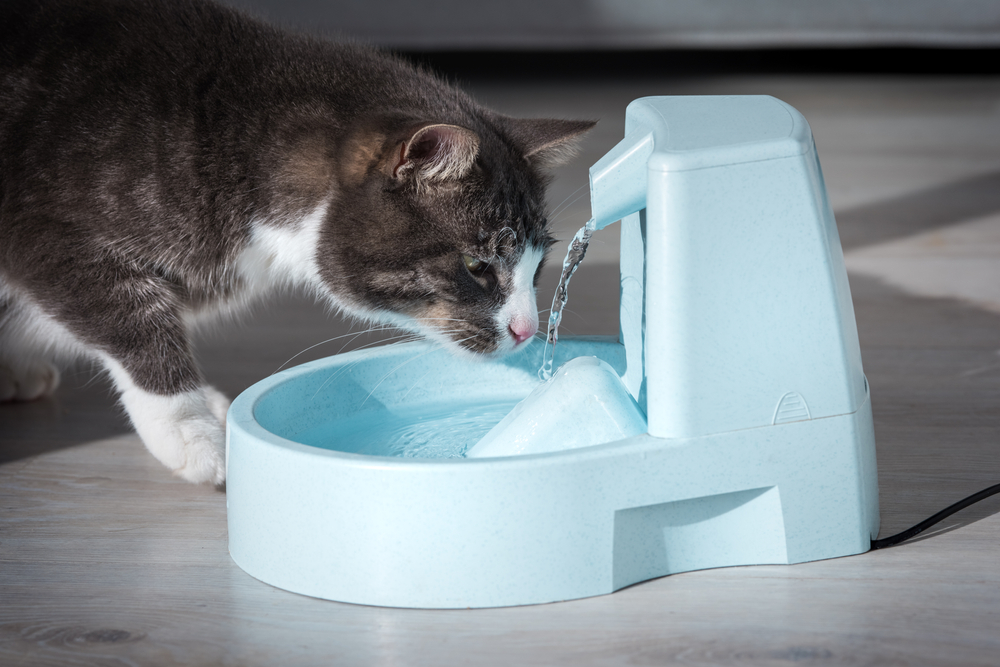

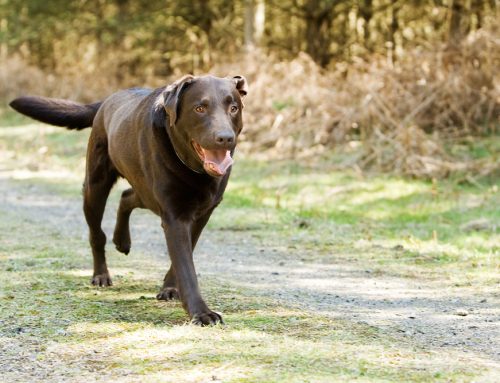
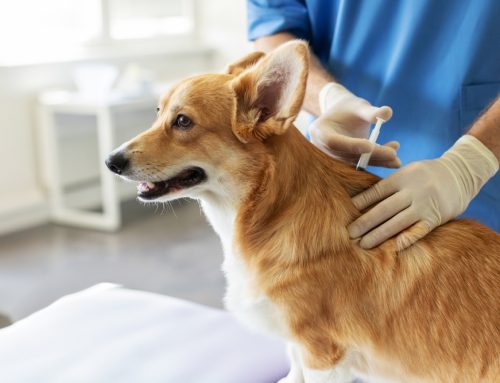
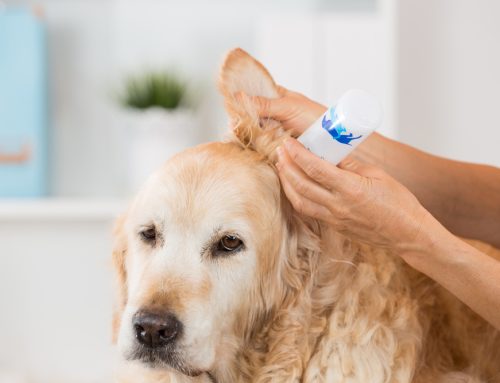
Leave A Comment